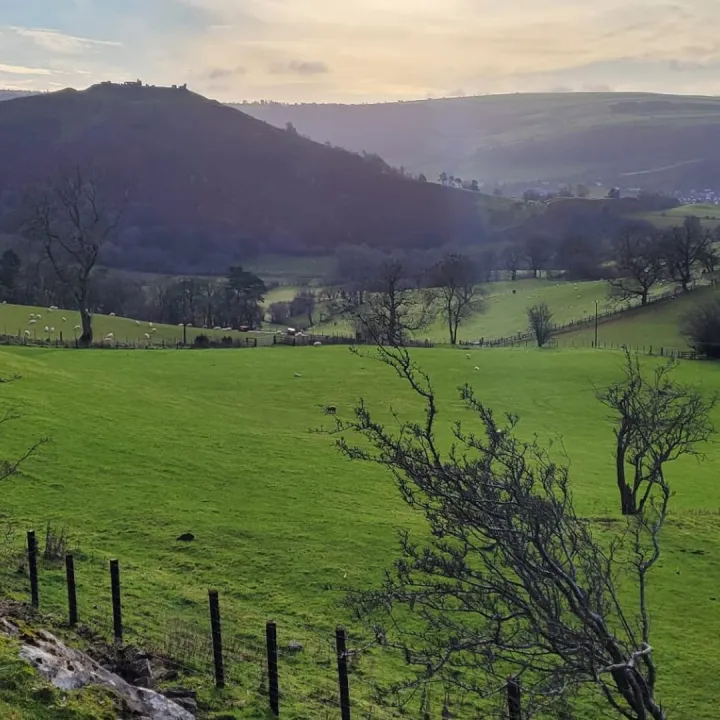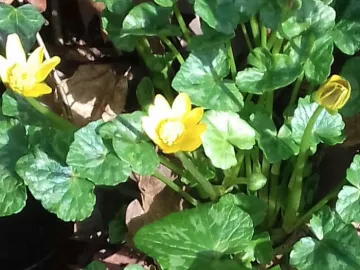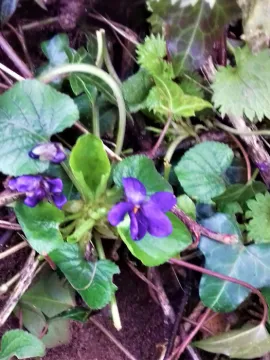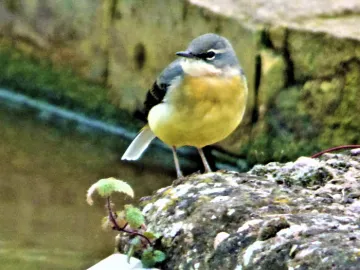







Here comes the sun by Adrian Leighton
We love to see the sun especially after the gloomy days of winter.

A little bit of sunshine puts a spring in your step. And it would appear for some plants as well, for one that reacts with joy to a bit of sunshine is a little yellow plant called a Lesser Celandine. You can see it now along the towpath and sprinkled around Turnpike Fields. It is a cheery plant, a bit like a buttercup, to whom it is related in the Ranuuculaceae family. It is not related , however to its namesake , the Greater Celandine, which belongs to the poppy family (Papaveraceae). The Lesser Celandine is one of my favourite early Spring flowers with quite a character. Whilst it glows brightly on sunny days, on days of murk it will have the sulks and close its petals so that you can't see its smiling face. When there is very little colour around, the Lesser Celandine with its green heart-shaped leaves – shares the love!
Like most other plants it has been found to have medicinal properties. If I say that it is also know by the name Pilewort, I will leave you to guess what it was use for! An ointment of the roots was also said to cure corns and worts.
Like others in the buttercup family it does have a toxic nature and although it has been considered edible, it is not advisable try. In parts of North America it is considered an invasive species. For gardeners, who like neat and tidy, it can be a bit of a pest as, given the right conditions, it spreads quite happily. Over the past few years, with more sympathetic to wildlife maintenance along the towpath, this has given this little plant the opportunity to fill our way with cheer.

Another more secretive early riser is the Common Dog Violet. I spotted the little purple flowers, for the first time this year, a few days ago on the canal towpath bank near Bagley Road Bridge. Over the past few years these have been spreading among the Ivy and Periwinkle covering. Last year a patch was also seen down the canal between locks. They haven't shown yet and may also be accompanied by a paler version. Its more sophisticated cultivated cousin, gone feral on the spoil mound in Turnpike Fields, is also beginning to show.
I was pleased the other day to see a Grey Wagtail (Motacilla cinerea) flitting long the bank of the brook in Turnpike Fields. Although not that uncommon the yellow under plumage makes this bird, for me, a sunshine splash.
A few years ago several pairs nested along the canal.. One pair actual chose a lock gate as its preferred nesting place , quite happy to have the locks regularly swung open! In the last couple of years the numbers seem to have decreased so it is good to see that they are still around. They are on the Red Alert List having only about 35,000 breeding pairs in the country. They feed on ants and midges and along the brookside and canal on snails and tadpoles (in season).
You may also see the Pied Wagtail- recognisable with its black and white plumage. Needless to say the first sign of recognition of the either bird is its bobbing or wagging tail, which they move from left to right. Whether the sun is out or not, these sunshine reflectors can warm our hearts.

An ode to the rising sun
"When Helios dons his hat and shines for all he's worth;
Together we find energy, humans and all of earth.
Around us every day we see, nature's companions come to life;
Reminding us that we too can live with hope in all our strife."
Get In Touch
AudlemOnline is powered by our active community.
Please send us your news and views using the button below:
Email: editor@audlem.org




